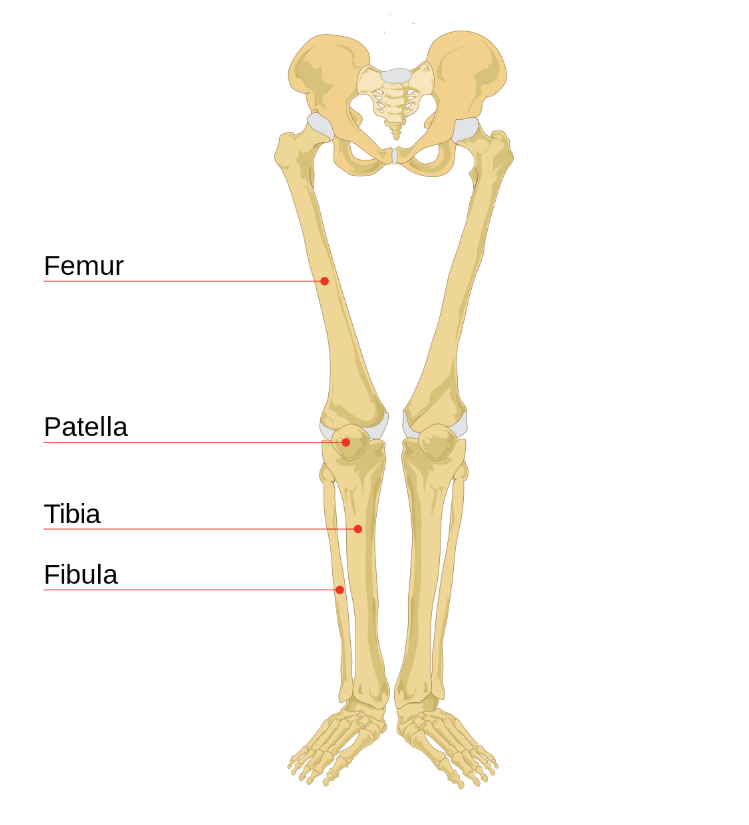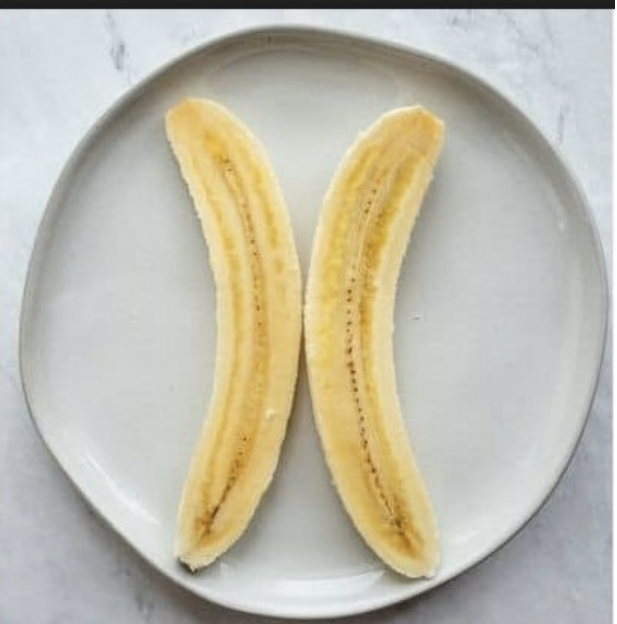Anatomy and Phyisology Unit 1 review
1/41
There's no tags or description
Looks like no tags are added yet.
Name | Mastery | Learn | Test | Matching | Spaced |
|---|
No study sessions yet.
42 Terms
A good example of a positive feedback mechanism would be ________.
a. enhancement of labor contractions
b. regulating glucose levels in the blood
c. blood calcium level regulation
d. body temperature regulation
a. enhancement of labor contractions
Elimination of metabolic wastes from the body is the function of the:
a. digestive and urinary systems
b. urinary system
c. respiratory system
d. digestive system
e. digestive and respiratory systems
b. urinary system
In anatomical position:
a. the body is erect with the feet parallel and the arms hanging at the sides with the palms facing backward
b. the body is laying face up with the feet parallel and the arms at the sides with the palms facing backward
c. the body is erect with the feet parallel and the arms hanging at the sides with the palms facing forward
d. the body is laying face down with the feet parallel and the arms at the sides with the palms facing backward
e. the body is laying face up with the feet parallel and the arms at the sides with the palms facing forward
c. the body is erect with the feet parallel and the arms hanging at the sides with the palms facing forward
Select the statement that is most correct.
a. The endocrine system is not a true structural organ system.
b. The immune system is closely associated with the lymphatic system.
c. Organ systems can be composed of cells or tissues, but not both.
d. Organ systems operate independently of each other to maintain life.
b. The immune system is closely associated with the lymphatic system.
Which of the following orientation terms have opposite meanings (in humans):
a. posterior and intermediate
b. superficial and deep
c. lateral and distal
d. superficial and proximal
e. medial and distal
b. superficial and deep
The body's ability to maintain stable internal conditions is referred to as _.
Fill in the blank or provide a short answer:
The body's ability to maintain stable internal conditions is referred to as ________
homeostasis
Which of the following is the correct order of elements in a control system:
a. receptor, stimulus, afferent pathway, control center, efferent pathway, effector, response
b. stimulus, receptor, afferent pathway, control center, efferent pathway, effector, response
c. receptor, stimulus, efferent pathway, control center, afferent pathway, effector, response
d. effector, stimulus, efferent pathway, control center, afferent pathway, receptor, response
e. stimulus, receptor, efferent pathway, control center, afferent pathway, effector, response
b. stimulus, receptor, afferent pathway, control center, efferent pathway, effector, response
Which of the following statements is true regarding the vertebral, occipital, and buccal regions:
a. none of these regions is located dorsally
b. only the vertebral and buccal regions are located dorsally
c. all of these regions are located dorsally
d. only the vertebral and occipital regions are located dorsally
e. only the occipital and buccal regions are located dorsally
d. only the vertebral and occipital regions are located dorsally
The primary function of the small intestine is:
a. absorption of nutrients
b. waste secretion
c. absorption of water
d. mineral secretion
e. vitamin conversion
a. absorption of nutrients
________ is the specific name for the hip region.
a. Manus
b. Inguinal
c. Pedal
d. Coxal
d. Coxal
The system that regulates water, electrolyte, and acid-base balance of the blood is the:
a. respiratory system
b. reproductive system
c. cardiovascular system
d. muscular system
e. urinary system
e. urinary system
Which of the following systems is matched most accurately to the life function it provides:
a. respiratory system - digestion
b. muscular system - maintaining boundaries
c. nervous system - responsiveness
d. integumentary system - movement
e. nervous system - excretion
c. nervous system - responsiveness
Your body thermostat is located in a part of the brain called the hypothalamus. Which of the following elements of a control system does this area in the brain represent:
a. control center
b. effector
c. stimulus
d. afferent pathway
e. efferent pathway
a. control center
The lymphatic system secretes hormones that regulate processes such as growth, reproduction, and nutrient use by cells.
True
False
False
Which organ produces bile to aid in fat digestion?
a. stomach
b. Pancreas
c. liver
d. small intestine
c. liver
Watery stools that result when food residue is rushed through the large intestine before sufficient water has been reabsorbed, causing dehydration and electrolyte imbalance, is called constipation.
True
False
False
The primary function of the small intestine is:
a. absorption of nutrients
b. waste secretion
c. absorption of water
d. mineral secretion
e. vitamin conversion
a. absorption of nutrients
During the delivery of a baby the baby’s head is pushing against the cervix causing the cervix wall to stretch. This stretching causes nerve impulses to be sent to the hypothalamus which directs the posterior pituitary to release oxytocin
in the blood. Oxytocin stimulates the uterus to contract which pushes the baby’s head deeper into the cervix, stretching it further. This situation is a description of which of the following?
a. positive feedback
b. homeostasis
c.negative feedback
d. afferent integration
a. positive feedback
Choose one answer below that completes the sentence so that it makes a true statement: Positive feedback
a. is a response that maintains a dynamic state of equilibrium
b. is a response that opposes a stimulus
c. is the way the body maintains homeostasis
d. is a response that enhances a stimulus
d. is a response that enhances a stimulus
What is the study of how body parts function called?
a. metabolism
b. physiology
c. histology
d. homeostasis
b. physiology
The urinary system works to maintain osmotic balance and excrete wastes out of the body. It contains all of the following components except____.
Responses
a. kidneys
b. bladder
c. urethra
d. ovaries
d. ovaries
After you eat lunch, nerve cells in your stomach respond to the distension (the stimulus) resulting from the food. They relay this information to ________.
a. the spinal cord
b. effectors
c. control center
d. sensors
c. control center

Using anatomical terminology and the diagram, what is the position of the patella relative to the fibula?
a. the patella is inferior to the fibula
b. the patella is deep to the fibula
c. the patella is lateral to the fibula
d. the patella is medial to the fibula
d. the patella is medial to the fibula
In homeostasis, what is it that produces the response that moves the physiological variable back towards the middle of its healthy range?
a. the efferent pathway
b. the integrating center
c. the effector
d. the receptor
c. the effector
"behind other structures, toward the back" defines which directional term?
a. superior
b. posterior
c. inferior
d. distal
b. posterior
Which of the following is the best definition of physiology?
a. The body’s automatic tendency to maintain a relatively constant internal environment.
b. the study of how the body works
c. All the chemical processes that take place in the organelles of the body’s cells. - no response given
d. the microscopic study of tissues and cells - no response given
b. the study of how the body works

Which anatomical term describes the location of the radius in relation to the humerus?
lateral
anterior
proximal
distal
lateral
distal
If a medical image displays internal anatomy in mid-sagittal section, which ofthe following describes the section?
a. A cross-section through the upper chest at about the level of the shoulders.
b. A vertical section through the nose and umbilicus that divides the body into right and left halves.
c.A vertical section through the midpoint of the clavicle and through either the right or left thigh.
d.A cross-section through the midriff at about the level of the liver.
b. A vertical section through the nose and umbilicus that divides the body into right and left halves.
Which organ separates the thoracic cavity from the abdominal cavity?
a.intestines
b.heart
c. diaphragm
d. liver
c. diaphragm

Using the diagram, what is the position of the fibua relative to the tibia?
a. the fibula is deep to the tibia
b. the fibula is medial to the tibia
c. the fibula is lateral to the tibia
d.the fibula is superior to the tibia
c. the fibula is lateral to the tibia
The heart is within the ____.
a. thoracic cavity
b.dorsal cavity
c. cranial cavity
d.adominopelvic cavity
a. thoracic cavity
The human body’s ability to maintain a relatively constant internal temperature is an example of what?
a. positive feedback
b. vasodilation and evaporative heat loss
c. respiratory heat loss
d. homeostasis
The body system responsible for structural support and movement is the ________.
A. cardiovascular system
B. muscular system
C. Skeletal system
D. endocrine system
C. Skeletal system
Which of the following is a correct definition of “positive feedback”?
Responses
a. The dynamic equilibrium maintained by an integrating centre which causes an effector to respond to the stimulus received by the receptor.
b. A mechanism whereby the body responds to a stimulus by acting to enhance the stimulus
c. A mechanism in which the body’s response to a stimulus, opposes the stimulus - no response given
d. The process by which the body maintains homeostasis.
b. A mechanism whereby the body responds to a stimulus by acting to enhance the stimulus

This banana has been split. Which type of cut has been made?
a. transverse cut
b. frontal cut
c. lateral cut
d. sagittal cut
d.sagittal cut
Some of the body’s homeostatic responses rely on “negative feedback”. Which
of the following happens in negative feedback?a. The body ignores changes in a physiological variable that are directed away from the set point for that variable
b. The body’s response acts to enhance the change in the physiological variable
c. The body’s response acts to oppose the change in the physiological variable
d. The body ignores changes in a physiological variable that are directed towards the set point for that variable.
c. The body’s response acts to oppose the change in the physiological variable
What is the position of the body when it is in the “normal anatomical position?”
a. The person is standing facing the observer, with upper limbs extended out at a ninety-degree angle from the torso and lower limbs in a wide stance with feet pointing laterally
b. The person is supine with upper limbs, including palms, touching sides and lower limbs touching at sides.
c.The person is prone with upper limbs, including palms, touching sides and lower limbs touching at sides.
d. None of the above
d. None of the above
Swallowing and peristalsis both assist in:
Responses
a.chemical digestion
b.absorption
c. mechanical digestion
d. propulsion from one digestive organ to the next
e. ingestion
d. propulsion from one digestive organ to the next
The mouth is the only organ that does mechanical digestion.
True
False
False
Where does most nutritional absorption happen?
a. esophagus
b.large intestine
c. small intestine
d. stomach
c. small intestine
The rhythmic, wavelike propelling mechanism of the alimentary canal is called peristalsis.
True
False
True
Which of the following is NOT a function of the digestive system?
a. Elimination of waste
b. Absorption of nutrients
c. Production of red blood cells
d. Breakdown of food
c. Production of red blood cells